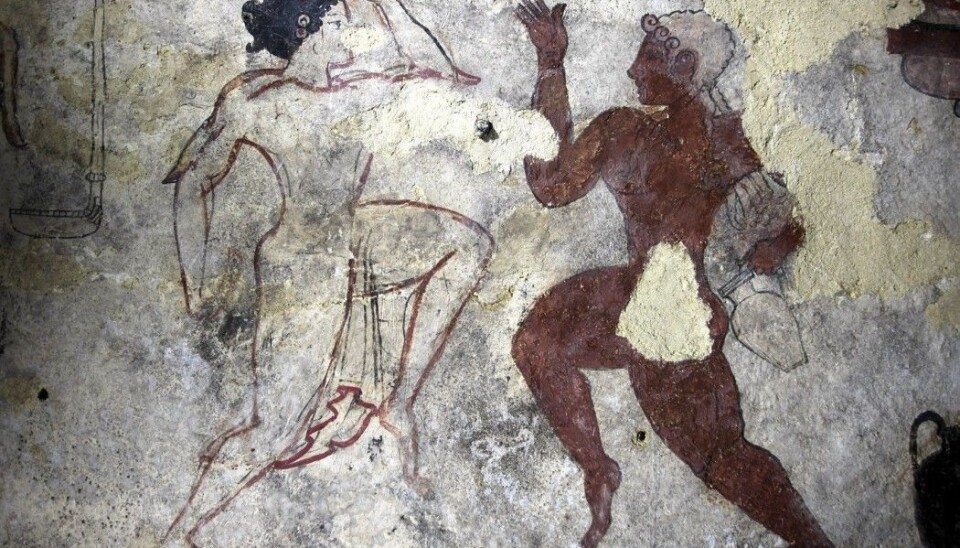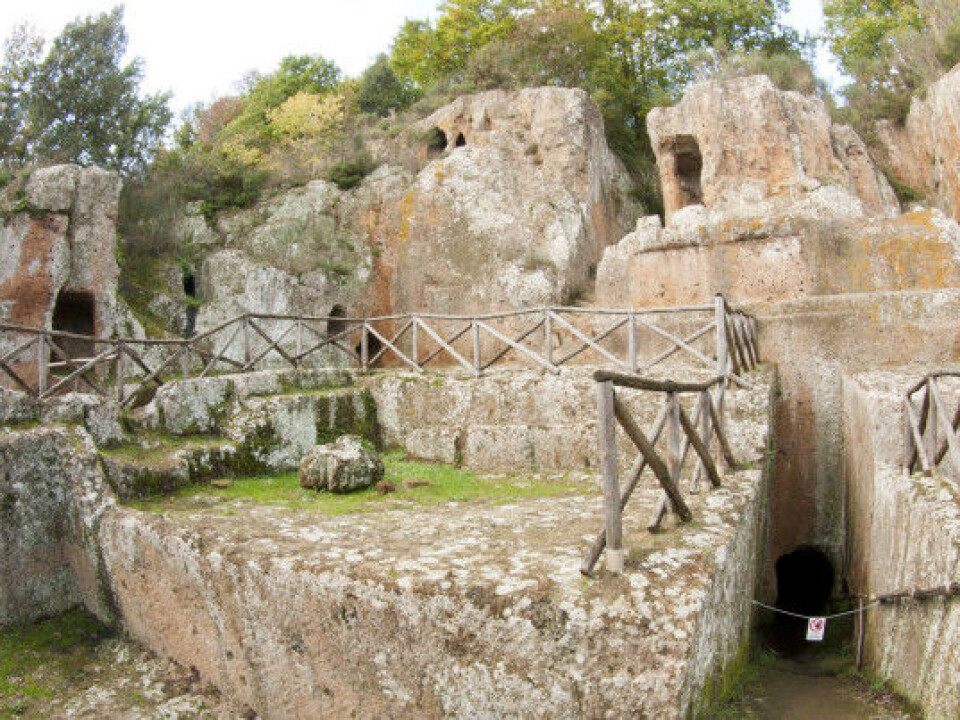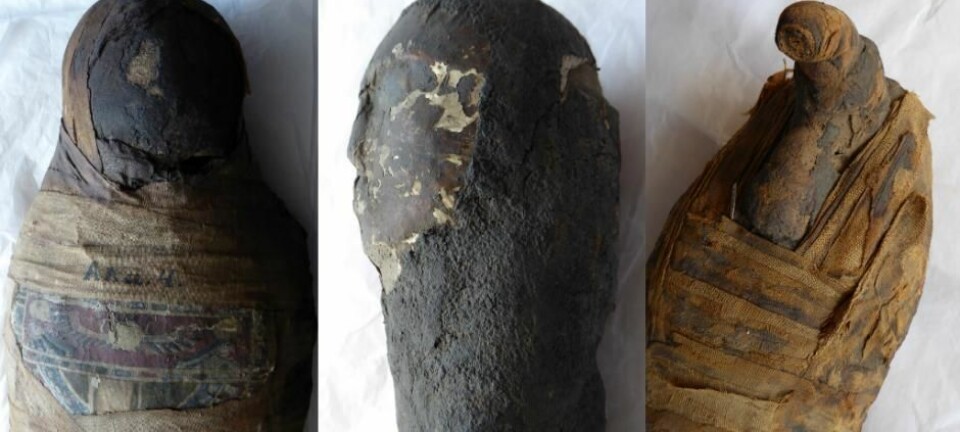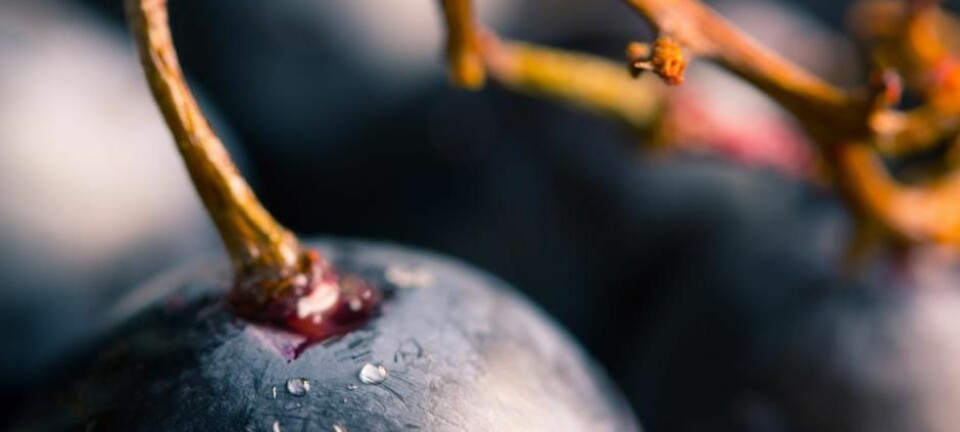
How Etruscans reached the afterlife: orgasm, blood, and erotic dance
A Norwegian professor has proposed a new view of Etruscan death rituals.
The Etruscans lived in what is today Tuscany, Italy, and the island of Corsica from about 700 years BCE.
The region was eventually conquered by the Romans and their culture was gradually assimilated into Roman culture. But the Etruscans have had an influence on us long after their time, via Roman culture and architecture.
Emirutus professor, Rasmus Brandt, from the University of Oslo, Norway, has lived in Italy for 30 years and has given students tours of the beautiful tombs that the Etruscans left behind.
The Etruscans decorated the tombs with images of dancing and partying, erotism, and brutal action. And Brandt has long wondered what the pictures actually mean. He now believes that he may have figured it out.

Brandt studied Etruscan art left in tombs dating from 2,600 to 2,200 years ago. He thinks that the erotic rituals, blood rituals, and dancing dipicted in the artworks, were designed to bring the soul safely to the kingdom of death.
The three phases of death
The Etruscans left no written sources. So, modern historians depnd on records left by the Romans and Greeks when studying their culture.
"Instead, I've tried to understand the Etruscans from the Etruscans," says Brandt.
The key, he says, is to understand death as a transitional ritual that consists of three phases:
- The separation phase, which occurs at the moment of death when the soul is released from the body.
- The transition phase, when the soul sets out on its perilous journey across the border of death to the kingdom of death.
- The reunification phase, when the soul comes to the kingdom of death and meets its ancestors and celebrates with a big party.
The soul's journey across death’s borderlands
The critical phase in the Etruscans' perception of death is therefore about the soul's migration after death and before the soul enters the kingdom of death.
“During this migration, the soul is exposed to dangerous and dark forces such as sorrow, hunger, distress, sickness, fear, and even war,” says Brandt.
"That means that people who were involved with the burial rituals had to help the soul move on,” he says.
But how do you get in touch with these transcendental powers, as Brandt also refers to them?
He argues that the Etruscans did this by putting themselves in a kind of hypnotic state, either through ecstatic dance or erotic play. This, he says, is exactly what is portrayed in the Etruscan tombs.
Orgasm was an important part of the ritual
Brandt believes the art left in Etruscan tombs shows how the moment of orgasm was absolutely central for the transition from life to death.
“At the moment of orgasm, you are outside of yourself. You are in a kind of trance,” says Brandt. “This allowed the participants to come into contact with the dark forces the souls of the dead met on their way to the kingdom of death.”
The form of the sexual encounter didn’t seem to matter — the pictures in the tombs dipict various types of sexual acts, both heterosexual and homosexual. Brandt argues that it was the act of orgasm that mattered, not the manner in which it was achieved.
Blood gives eternal life
Blood may also have been an element that the Etruscans used to ensure that the soul reached the kingdom of death and gained eternal life.
In many places in the world, blood was an important part of animal and human sacrifices, and in funeral rituals.
Brandt is particularly focused on one Etruscan image. It shows a bloody man whose head is covered as he is attacked by a dog. The scene is interesting, he says, because there is another man who has a leash on the dog, and who is clearly orchestrating what is happening.
“The scene creates both fear and laughter,” he says.
He believes that the Etruscans saw laughter as protecting people from the dark transcendental forces that tried to come into the world of the living.
----------------
Read more in the Norwegian version of this article at forskning.no



































